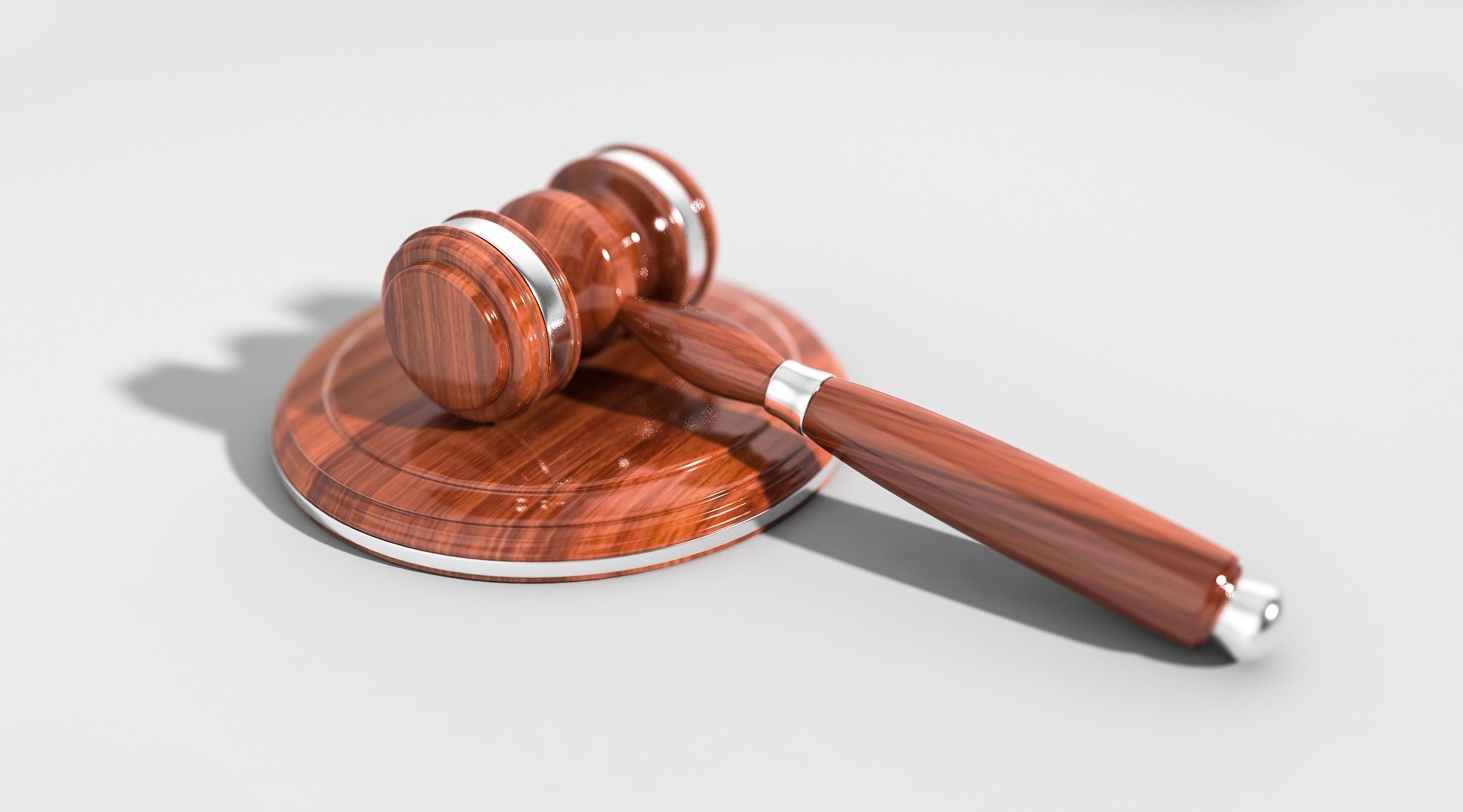Controls and Legislation

Share this step
In the previous article we outlined some of the microbiological, chemical, physical and allergenic contaminants which can impact the safety of our food.
One of the key priorities of the European Union (EU) is to ensure the health of humans, animals, and plants at every step of the food system, i.e. from farm to fork. This goal is pursued by preventing food contamination and promoting food hygiene, animal health and welfare.
The safety of our food is a shared responsibility. The food industry, research, government and consumers all have a role to play in helping to ensure the integrity of our food chain. In particular, the following control measures are in place to ensure the safety of our food:
- Food policy, legislation and regulations
- Research and evidence based decision making
- Monitoring and enforcement
- Analytical Methods and procedures
- Consumer education
Food Law in the European Union
- EU General Food Law
(1) the objectives of EU food law to protect consumers’ interests;(2) the principles of risk analysis and precaution;(3) obligations on businesses regarding the products they place on the market, the processes they apply and their communication towards consumers;(4) public powers of law enforcement and incident management.
A phenomenon, product or process that may have a dangerous effect, identified by a scientific and objective evaluation, if this evaluation does not allow the risk to be determined with sufficient certainty
In addition to the General Food Law, there are a number of key regulations in the European Union to help ensure the integrity of our food chain. These are outlined in the table below.
| Key Regulations | EC Number |
|---|---|
| Food Hygiene Controls | (EC) No 852/2004, (EC) No 853/2004, (EC) No 854/2004 |
| Official Feed and Food Control Regulations | (EC) No 882/2004 |
| Microbiological Criteria for Foodstuffs | (EC) No 2073/2005 |
| EC Regulation on Contaminants in Food | Council Regulation 315/93/EEC |
| Maximum levels for certain contaminants in food | Commission Regulation (EC) No 1881/2006 |
These regulations are important because they set out the minimum acceptable standards for food and allow monitoring and enforcement against this standard.
- Food Hygiene Controls
Regulation No 852/2004, 853/2004 and 854/2004 lays down the general rules for food business operators on the hygiene of foodstuffs. In particular, the regualtions specify:
- Food safety must be ensrured across the entire food chain
- Primary responsibility for food safety rests with the food business operator
- It is neccessary to establish microbiological criteria and temperature control requirements based on scientific risk assessment
- The cold chain must be maintained for food that cannot be stored safetly at ambient temperatures
- General implementation of procedures based on the HACCP principles, together with the application of general food hygiene practice, should reinforce food business operator’s responsibility
- Guides to good practice are a valuable instrument to aid food business operators at all levels of the food chain with compliance with food hygiene rules and with the application of HACCP principle
- It is neccessary to ensure that imported foods are of at least the same hygiene standard as food produced in the Community, or are of an equivalent standard
The breadth and depth of regulation in Europe can be vast. In addition to the General Food Law and Food Hygiene Controls regulation, there are regulations around animal nutrition, labelling and nutrition, chemical safety, biological safety, official controls, food waste and food improvement agents. If you would like to explore EU regulation in more detail, please follow the link to the European Commission’s webpage in the See Also section below.
What we would like you to do
Food products and food production in Europe have never been safer, This high level of safety is due to considerable political, economic and scientific efforts, often in response to the kind of food scandals that have characterized the last three decades.
In particular, the paradigm shift in European food policy, food legislation and food control systems has paved the way for the introduction of an integrated approach from farm to fork, science based risk assessment schemes and the establishment of the European Food Safety Authority (EFSA) – discussed in this article.
Please share your thoughts on the food system:
- Do you trust our food system?
- Are you confident the food you purchase is safe?
- Do you have an concerns? If so, what are they?
Share this

Reach your personal and professional goals
Unlock access to hundreds of expert online courses and degrees from top universities and educators to gain accredited qualifications and professional CV-building certificates.
Join over 18 million learners to launch, switch or build upon your career, all at your own pace, across a wide range of topic areas.
Register to receive updates
-
Create an account to receive our newsletter, course recommendations and promotions.
Register for free








